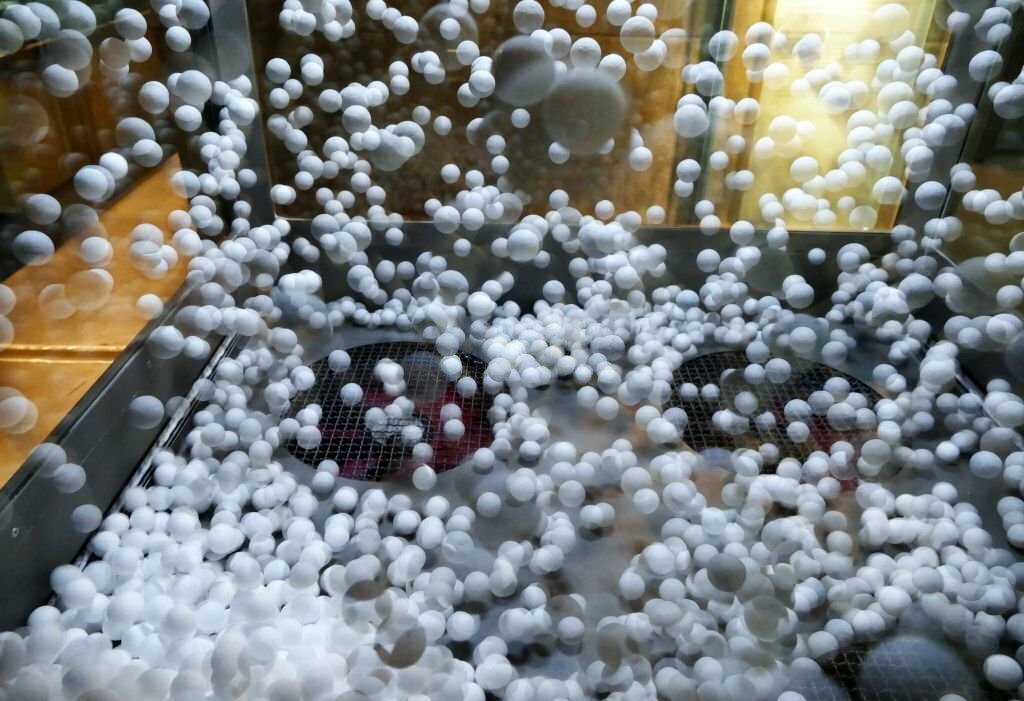Table of Contents
Learn about the fascinating world of heat transfer and discover if Can Heat Travel from Cold to Hot. Heat transfer is a fundamental concept in our everyday lives, governing everything from how we cook our meals to the way our bodies regulate temperature. But a query that often arises is, can warmness travel from bloodless to warm? In this complete article, we are able to delve deep into the intricacies of warmth transfer and discover the captivating phenomenon of warmth transferring from bloodless to hot.
The Basics of Heat Transfer
Before we answer the question, let’s establish a foundational understanding of how heat transfer works.
Heat Transfer Mechanisms
Heat transfer occurs through three primary mechanisms: conduction, convection, and radiation. These mechanisms are at the core of all heat transfer processes.
Conduction
Conduction is the transfer of heat through direct contact between two substances. Heat flows from the hotter object to the colder one. This is the most common way we experience heat transfer in our daily lives, such as when we touch a hot pan.
Convection
Convection involves the transfer of heat through the movement of fluids (liquids or gases). Warm fluids rise, while cooler fluids sink. This mechanism is responsible for the circulation of heat in the atmosphere and in fluids.
Radiation
Radiation is the transfer of heat through electromagnetic waves. Unlike conduction and convection, radiation doesn’t require a medium to transfer heat. The Sun’s heat reaches us through radiation. Click to read about If You Travel at the Speed of Light for 5 Years.
Can Heat Travel from Cold to Hot?
Now, let’s address the central question: can heat travel from cold to hot? The answer is a resounding no. According to the Second Law of Thermodynamics, heat naturally flows from hot to cold, and not the other way around.
Second Law of Thermodynamics
The Second Law of Thermodynamics is a fundamental principle in physics. It states that heat will never flow from a colder body to a hotter body. This law governs the behavior of heat transfer and is one of the cornerstones of thermodynamics.

Understanding the Direction of Heat Transfer
To understand this better, think of a cup of hot coffee left on a table. Over time, the coffee cools down as it loses heat to the surrounding air. The heat energy moves from the hot coffee to the cooler air, not the other way around.
Common Misconceptions
Despite the clear scientific principles governing heat transfer, there are several misconceptions about heat traveling from cold to hot. Let’s address a few of them.
Misconception 1: Refrigerators Cool by Producing Cold
Refrigerators don’t produce cold. They remove heat from the inside and release it outside. The heat always flows from hot to cold, so the inside of the refrigerator becomes colder.
Misconception 2: Instantaneous Heating
In some instances, it may appear as though cold objects are heating up instantly when in contact with a hot source. However, this is because the heat is rapidly transferring from the hot object to the cold one, not the reverse.
Misconception 3: Heat Pumps
Heat pumps are designed to move heat against its natural flow. They do this by expending energy, such as in air conditioning systems, to cool a space. Even in these cases, heat isn’t moving from cold to hot on its own.
Final Words
In Final Words, a warmth switch is a unidirectional procedure governed by the Second Law of Thermodynamics. Heat evidently flows from warm to cold, and while there can be instances that seem to defy this rule, a deeper knowledge of the underlying ideas famous that warmness can’t tour from cold to hot. Remember, inside the international of thermodynamics, hot is usually hot, and cold is usually cold.
Explore the fascinating world of heat transfer, and you’ll gain a newfound appreciation for the intricate processes that shape our daily lives.
People also ask
Why can’t heat go from cold to hot?
Heat cannot go from cold to hot because of the Second Law of Thermodynamics, which states that heat naturally flows from hot to cold, never the other way around.
Is heat moving from hot to cold true or false?
True. Heat always moves from hot to cold, following the principles of the Second Law of Thermodynamics.
Does heat rise or move to cold?
Heat moves from hot to cold, rather than rising. It transfers from regions of higher temperature to lower temperature.
Does cold heat exist?
No, there is no such thing as “cold heat.” Heat is the transfer of thermal energy, and it always moves from hot to cold.




